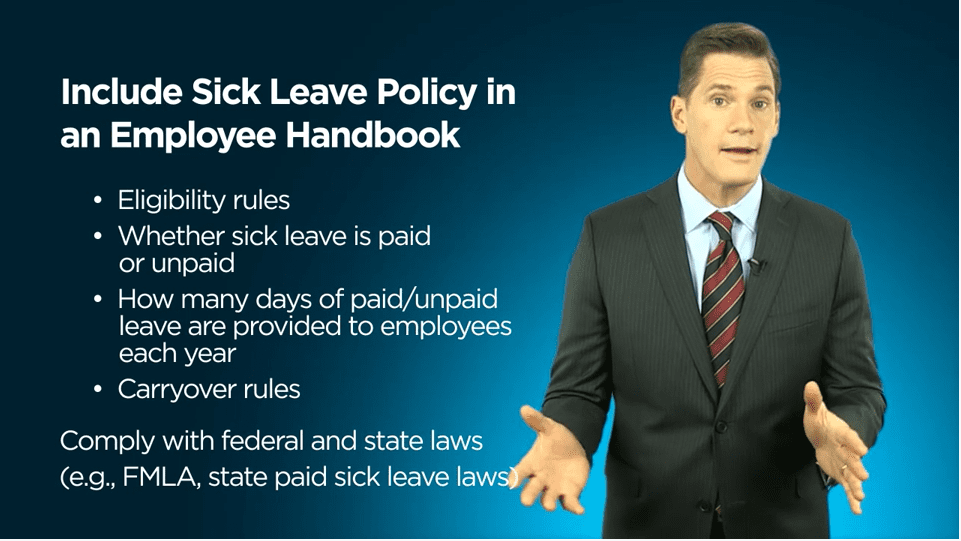
American Rescue Plan Act Employment-related Provisions
President Joe Biden signed the American Rescue Plan Act of 2021 (ARPA) into law on March 11, 2021. The law generally provides financial relief for individuals, state and local governments, schools, businesses and for other purposes.
In addition, the law contains the following measures of special interest to employers and their employees:
- A subsidy for COBRA premiums, funded through employer tax credits
- Extension of employer tax credits for FFCRA employee leave voluntarily provided through Sept. 30, 2021
- Expansion of employee earnings eligible for the FFCRA tax credit
- Inclusion of testing and immunization as reasons for FFCRA leave
- Extension of $300 increase in weekly unemployment benefits
- Extension of weekly unemployment benefits for workers who otherwise wouldn’t qualify for these benefits
- Expansion of subsidy for ACA premiums
- Increase in DCAP contribution limits
- Extension and expansion of the employee retention tax credit
Employers should review the ARPA’s provisions to identify any requirements and opportunities that apply to them. Employers should also watch for official guidance on the implementation of the law.

FACT SHEET: President Biden Calls on All Employers to Provide Paid Time Off for Employees to Get Vaccinated After Meeting Goal of 200 Million Shots in the First 100 Days
President Biden Announced New Tax Credit to Fully Offset the Cost for Small Businesses and Nonprofits Who Provide Paid Leave for Employees to Get Vaccinated.

The Current State of Consumer Driven Health Plans
Health care consumerism has always been about empowering individuals to select more cost-effective, appropriate care. This thesis is the backbone of consumer driven health plans (CDHPs), which aim to make employees active participants in their health care.
A CDHP is simply the combination of a high deductible health plan (HDHP) and a health care account. Since HDHPs have low premiums but high deductibles (i.e., employees must cover a significant portion of incurred health costs), health care accounts are often used to offset these expenses.
CDHPs can be an excellent way for employers to control health care spending, too. In fact, CDHPs are often more effective than traditional health plans at reducing total medical costs. For example, short-term cost savings increased by 20% for employers during their first year of switching to a CDHP, according to a Cigna report. That’s because CDHPs share much of their costs with employees, rather than relying primarily on the employer. Even employers that contribute to employee health accounts can choose how much to do so, providing even more spending control. Beyond monetary advantages, CDHPs also help improve employee satisfaction with their health coverage.

Know the Cost of Your Healthcare Before Receiving it with the 2021 Price Transparency Rule
The Healthcare Price Transparency Rule, effective January 1, 2021, brings patients closer to knowing what care will cost before a visit to the doctor even happens. This historic ruling empowers healthcare consumers, such as yourself, to shop around for the most affordable and quality healthcare services. Not only will you know what to expect for a visit or procedure cost but can accurately prepare financially in advance.

4 Virtual Recruitment Strategies
During the COVID-19 pandemic, many recruiting budgets have been slashed, and employers are struggling to find talent. However, virtual recruitment can help HR teams address talent shortages.
Virtual recruitment is the process of pursuing, vetting and hiring candidates electronically. Here are four strategies:
1. Host Virtual Career Fairs
Hosting a virtual career fair allows interested parties to learn more about a company—much like in-person career fairs. Topics typically include a discussion of career opportunities and help inform potential recruits about the workplace.
2. Strengthen Your Online Presence
Any organization looking to recruit virtually must have a strong online presence. This includes maintaining multiple social media profiles, posting content regularly and interacting with followers. Having an attractive social media presence will help encourage candidates to follow and like the content the company posts. In turn, this provides a steady stream of passive recruiting leads.
3. Broaden Your Search
Some employers are allowing workers to remain remote indefinitely. If a position has no in-person work requirements, employers can consider expanding talent searches to a more geographically distant candidate pool.
4. Invest in Quality Audiovisual Equipment
Appearance matters in interviews to all parties involved, and this equally applies to virtual interviews. When speaking to candidates virtually, using a quality camera and microphone will say a lot about an organization’s investment in employees.
The employer takeaway is that virtual recruiting takes investment, but it can be well worth the effort when done correctly.

